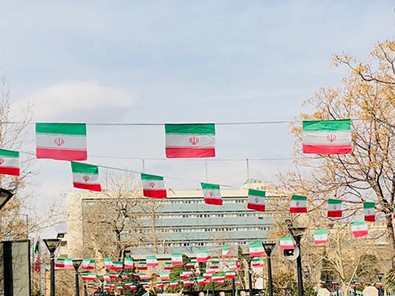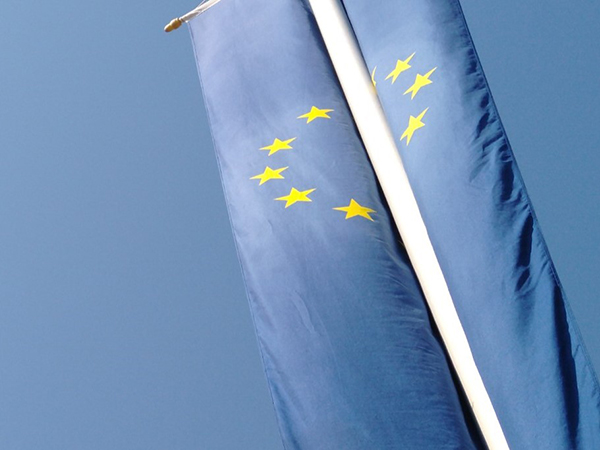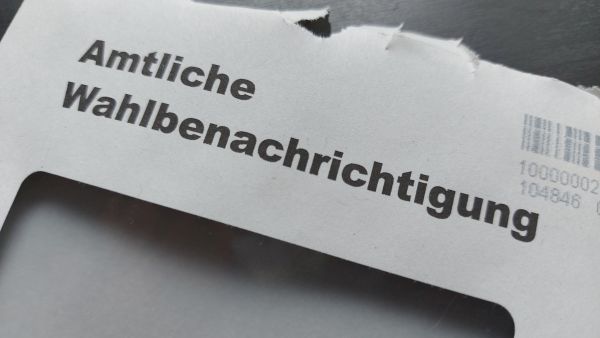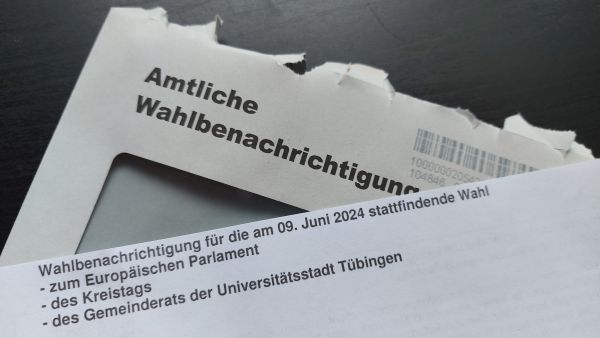“This time there really was a boycott”: this is how exiled Iranian and women’s rights activist Mina Ahmadi commented on the elections in Iran at the Women’s Film Days in Tübingen at the beginning of March. The figures also show this: At around 41 per cent, the turnout in the first elections after the mass protests in autumn 2022 was lower than ever before—even though religious leader Ayatollah Ali Khamenei had declared voting a religious duty. Workers, students and women are “very sceptical of the regime”, said Ahmadi in Tübingen.
Around 25 million of the approximately 61 million eligible voters in the Islamic Republic cast their vote, as Interior Minister Ahmad Wahidi reported to journalists. The figures cannot be independently verified. Opposition members had called for people not to vote. One reason: the regime had excluded pro-reform candidates before the election. This also happened in the election for the Council of Experts. Hassan Rohani, the former president of Iran, was not allowed to run again. The Council of Experts is elected for eight years and elects its successor after the death of the Supreme Leader.
According to media reports, 245 out of 290 seats in the parliament, which is elected for four years, have been allocated – the majority of these, 200 seats, to candidates loyal to the regime. The remaining 45 seats will be decided in a run-off election in April or May. Only eleven women were elected to parliament. There are currently 16 female MPs.
See: https://www.bpb.de/kurz-knapp/taegliche-dosis-politik/546129/wahlen-im-iran/
tun24030501
www.tuenews.de
Straßen voller Flaggen in Teheran. Foto: tuenews INTERNATIONAL
002335




